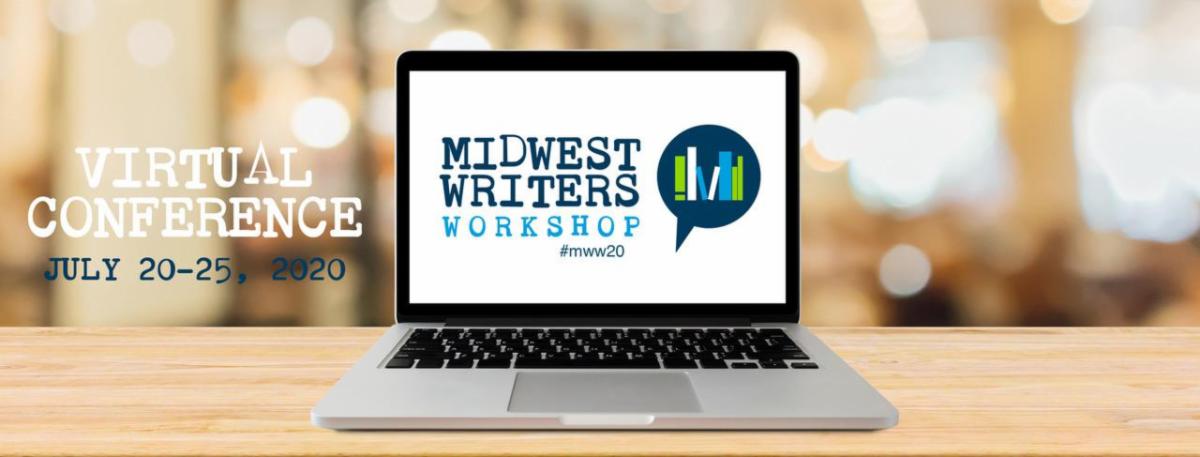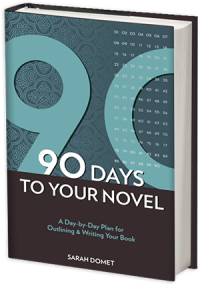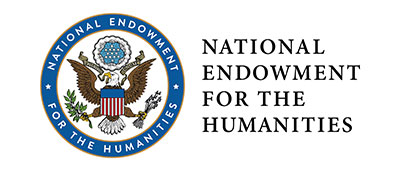Meet MWW20 faculty member Kelcey Parker Ervick
Kelcey Parker Ervick is the author of three award-winning books: The Bitter Life of Bozena Němcová, a hybrid work of biography, memoir, and art about a Czech fairy tale writer; Liliane’s Balcony (Rose Metal Press), a novella set at Frank Lloyd Wright’s Fallingwater; and the story collection For Sale By Owner (Kore Press).
She is co-editor, with Tom Hart, of the forthcoming Field Guide to Graphic Literature: Artists and Writers on Creating Graphic Narratives, Poetry Comics, and Literary Collage, which Rose Metal Press will publish in 2021.
She has received grants from the Indiana Arts Commission and the Sustainable Arts Foundation. Her stories, essays, and comics have appeared in The Believer, The Rumpus, Colorado Review, Passages North, Quarterly West, Booth, Notre Dame Review, The Common, and elsewhere. She has a Ph.D. from the University of Cincinnati and teaches creative writing at Indiana University South Bend.
Kelcey’s MWW20 sessions include:
- The “I” And The “Eye” In Nonfiction – How to strengthen your memoir by developing a persona and writing from a clear and consistent narrative perspective.
- Searching and Researching: How To Write What You Don’t Know – How to take your memoir to the next level by making connections to history, politics, science, and culture.
- Scene Magic – Kelcey will take you step by step through the writing of a compelling scene, then we will break those scenes down to identify the key parts so you can do it again (and again) on your own.
Lylanne Musselman, Midwest Writers Workshop board member, interviewed Kelcey for this week’s faculty Q&A.
MWW: Your award-winning book, The Bitter Life of Bozena Němcová, is billed as a biographical collage. How did that come about? Did you start writing with that idea in mind?
KPE: Bozena Němcová is a fairy tale writer whom I first encountered when I bought a book of her fairy tales for my daughter in the Prague Castle gift shop. I then learned that she is everywhere in Prague: there are statues and plaques and books and theater productions inspired by her. She is even on the Czech equivalent of the $20. (Imagine: a woman! on paper money!)
Long before it was a book idea, it was just me wondering: Who is this person? Why is she so important here? And why have I never heard of her before?
In my quest to find answers, I was so dazzled by everything I came across, and all my notes and quotes seemed to be in conversation with one another. So, I decided to tell the story of her life through actual snippets of her fairy tales and (amazingly frank) letters, gossip and recollections by her friends, radio interviews, and even things Kafka wrote about her in his letters. So, it became a “biographical collage.”
MWW: One of your sessions for Virtual MWW20 is “Searching and Researching: How to Write What You Don’t Know.” Writers are often told to only “write what you know” so what teaser can you give us about this session without giving too much away?
KPE: “Research” sounds so dull, but it isn’t! And it can add so much to your writing.
For example, I learned that one of the (rather disturbing) Frida Kahlo paintings that was originally owned by the historical characters in my book Liliane’s Balcony is now owned by Madonna, who uses it as a test litmus of friendship: “If somebody doesn’t like this painting,” she said, “then I know they can’t be my friend.”
Actually, that’s a terrible example because although I REALLY wanted to include that research tidbit, I couldn’t make it work in the story, so it’s not in the book!
Anyway, in this session I’ll provide strategies and fun examples of what I call “creative research” and how to decide what works with your story. Then I’ll offer a list of specific ways you can apply and incorporate your discoveries into your writing to add depth, detail, and humor.
MWW: What is your writing process like? Do you have any set rituals?
KPE: In 2018, I started making a drawing or painting each day, and I’m now in my third year of doing it, and it has transformed my writing life. I have a different, less precious, relationship to painting than writing, so it is a way for me to create more freely and have fun. I post most of my daily doodles on Instagram, where it’s fun to connect with other readers, writers, and artists. The whole experience helped me think differently about how I write and the stories I tell. Weirdly, making visual art has helped me find my “voice.” (The Rumpus published my visual reflections on daily art-making in 2018 and again in 2019.)
I also like having at least two different projects going at once. This way, if one project isn’t going well on a certain day, there’s always another to work on.
Another part of my process is stepping back from a piece and writing ABOUT it: Why am I writing it? What am I trying to say? How would I describe it to a stranger? Writing about and reflecting on these questions can help me move forward and provide focus when I go back to drafting.
MWW: Can you share any details on what you’re working on right now?
KPE: I’m working on a couple of different projects. Both are illustrated narratives. One is inspired by my great-grandmother’s life in Belfast, Ireland, working as a flax-spinner making tablecloths for the Titanic, which was being built in nearby shipyards, while dreaming of taking it to America.
The other is an illustrated memoir about being part of the first generation of Title IX, the law best known for creating equal opportunities for girls and women in sports. Like my literary idol, Vladimir Nabokov, I was a soccer goalie who wanted to be a writer. Unlike him, I was a girl. As I tell my story, I share stories of women athletes and writers who paved the way.
Join Kelcey and the MWW Community to help you move forward with your stories! Check out this awesome schedule — and you get access to ALL 23 sessions!
Register for Virtual MWW20 here today!









